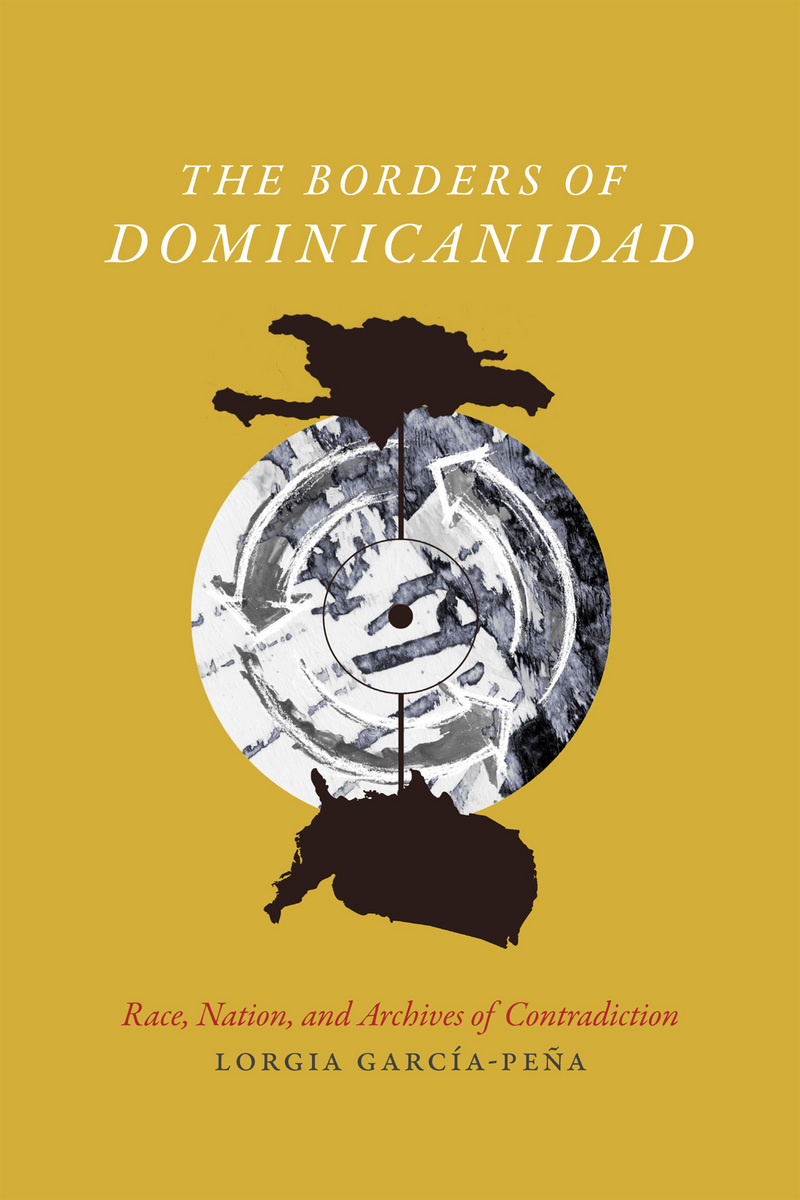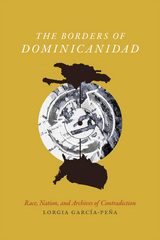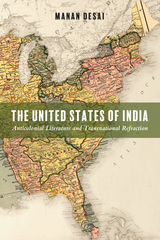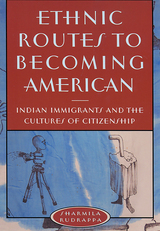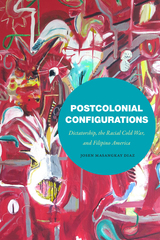The Borders of Dominicanidad: Race, Nation, and Archives of Contradiction
Duke University Press, 2016
Cloth: 978-0-8223-6247-0 | eISBN: 978-0-8223-7366-7 | Paper: 978-0-8223-6262-3
Library of Congress Classification E184.D6G36 2016
See other books on: Blacks | Borders | Dominican Republic | Haiti | Nation
See other titles from Duke University Press
Cloth: 978-0-8223-6247-0 | eISBN: 978-0-8223-7366-7 | Paper: 978-0-8223-6262-3
Library of Congress Classification E184.D6G36 2016
ABOUT THIS BOOK | AUTHOR BIOGRAPHY | REVIEWS | TOC | REQUEST ACCESSIBLE FILE
ABOUT THIS BOOK
In The Borders of Dominicanidad Lorgia García-Peña explores the ways official narratives and histories have been projected onto racialized Dominican bodies as a means of sustaining the nation's borders. García-Peña constructs a genealogy of dominicanidad that highlights how Afro-Dominicans, ethnic Haitians, and Dominicans living abroad have contested these dominant narratives and their violent, silencing, and exclusionary effects. Centering the role of U.S. imperialism in drawing racial borders between Haiti, the Dominican Republic, and the United States, she analyzes musical, visual, artistic, and literary representations of foundational moments in the history of the Dominican Republic: the murder of three girls and their father in 1822; the criminalization of Afro-religious practice during the U.S. occupation between 1916 and 1924; the massacre of more than 20,000 people on the Dominican-Haitian border in 1937; and the 2010 earthquake in Haiti. García-Peña also considers the contemporary emergence of a broader Dominican consciousness among artists and intellectuals that offers alternative perspectives to questions of identity as well as the means to make audible the voices of long-silenced Dominicans.
See other books on: Blacks | Borders | Dominican Republic | Haiti | Nation
See other titles from Duke University Press
